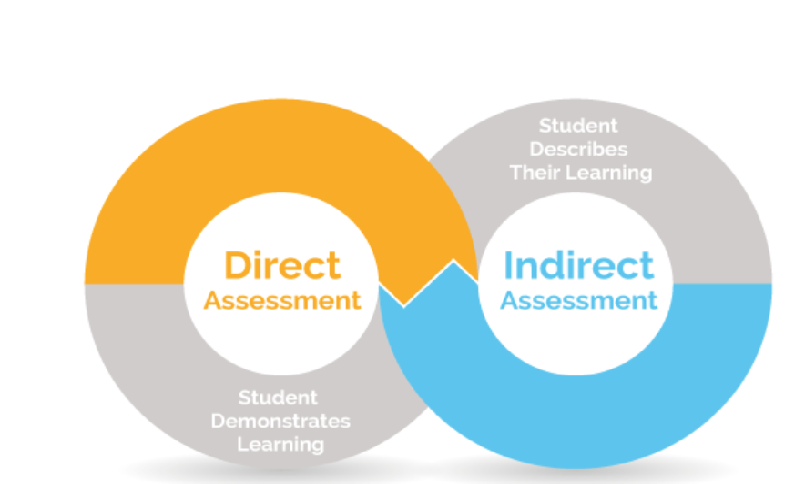Leading and Facilitating a STEM activity: The Egg Drop
This week in class, pairs of students had to lead their own STEM activity. My group led an egg drop activity, for grade 5’s, with our aligned curriculum expectations being D2.1 - D2.2: Identify internal/external forces acting on a structure, and describe their effects on the structure. -D2.3: Describe forces resulting from natural phenomena that can have severe consequences for human-built structures, and identify structural features and materials that can allow such structures to withstand these forces. -E2.1: Identify a variety of forms of energy, and describe how each form is used in everyday life. -E2.2: Demonstrate an understanding of the law of conservation of energy, including how energy cannot be created or destroyed but can only be transformed from one form to another.
Our activity was very engaging for our peers and after the activity I questioned what made it so successful. I believe the freedom and open ended nature of the activity encouraged exploration. Students not being confined to right or wrong answers allowed them to participate in the task design principle of soft skills. On page 106 of STEM Education by Design (Davis, Francis, & Friesen. 2019) soft skills can be understood as highly interactive aspects of inquiry, many requiring negotiation and collaboration. The inquiry can then be understood as a site to learn and practice different interpersonal skills, many useful beyond scientific work. In our activity, students were negotiating and collaborating on the research and building of their egg structure. Along with practicing how different forces act on structures, students discussed the activity amongst their pairs and as a large group. By working together, individual and collective understandings were deepened; which aligns with the task design principle of Knowledge building (P. 106. Davis, Francis, & Friesen. 2019).
Through our activity, students were having fun, learning, and collaborating. The positives are astounding but what were the negatives? After the activity we felt there were some areas we could have improved. For those hesitant to start building because of the lack of direction, having resources ready to guide their learning would have been useful for students slow to get started. Additionally, spending more time covering the right answers of the reflection questions would have been useful. It is important for the students to enjoy their learning experience, however, it is also important what they are learning is emphasized. We should have spent more time and emphasis on the forces acting on the egg, as well as letting students explore and build. Because yes students are learning to make structures to protect the egg, counteract forces of gravity, and prevent the egg from cracking, however, I feel the curriculum expectations of forces and energy are harder for students to discover and it is a concept that must be learned through a direct rather than indirect teaching method. The overall lesson has a very indirect teaching style approach. In the future I would add more elements of direct teaching to ensure curriculum content is more directly covered and taught to students.
Overall the activity was a great experience, and taught me that, even the, what seems to be, perfect lesson, may have some hiccups and may require some tweaking. It is as the old saying goes practice makes perfect and being able to reflect on this activity has taught me how I could improve it for next time.
References
Davis, B., Francis, K., & Freisen, S. 2019. Stem Education By Design. Ch. 6 Science.


Comments
Post a Comment